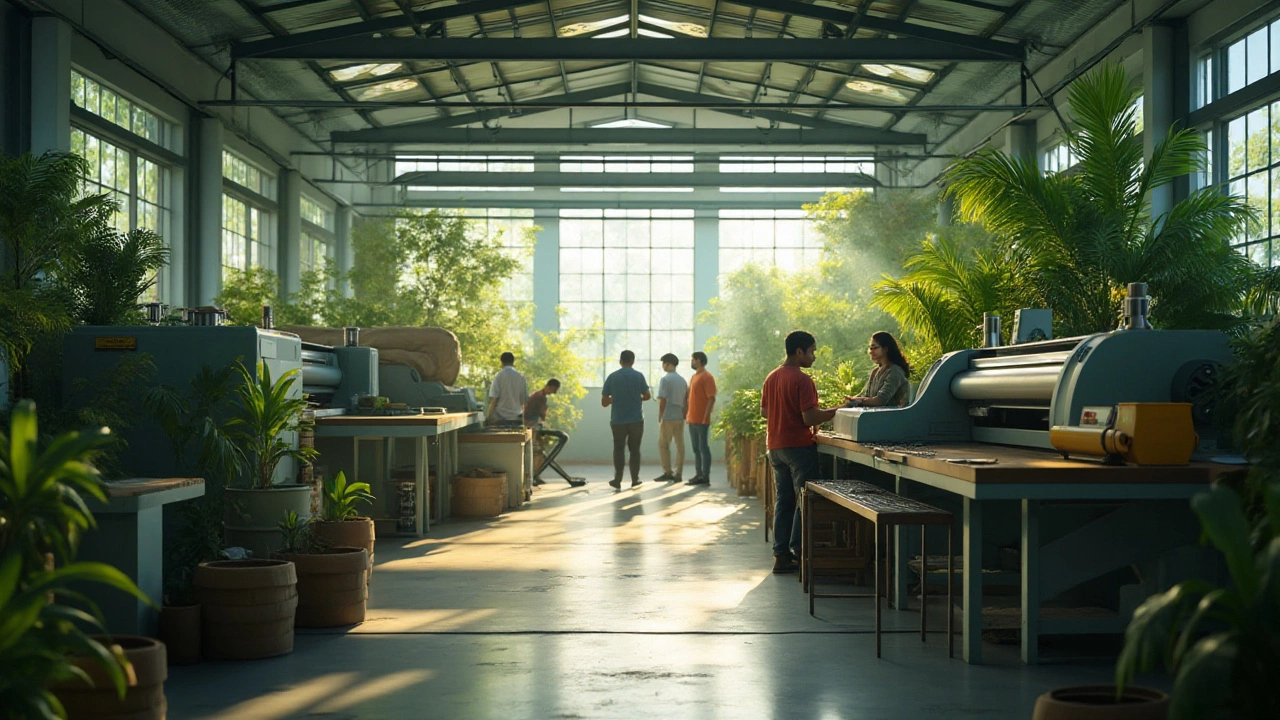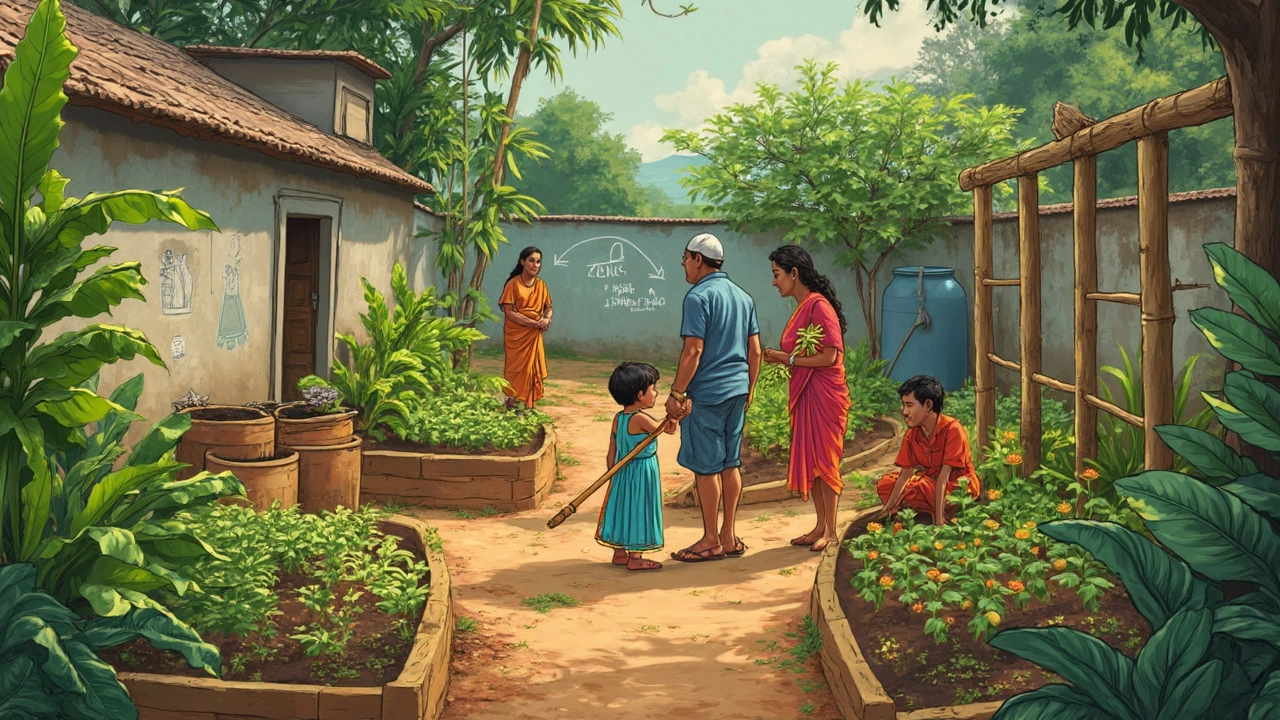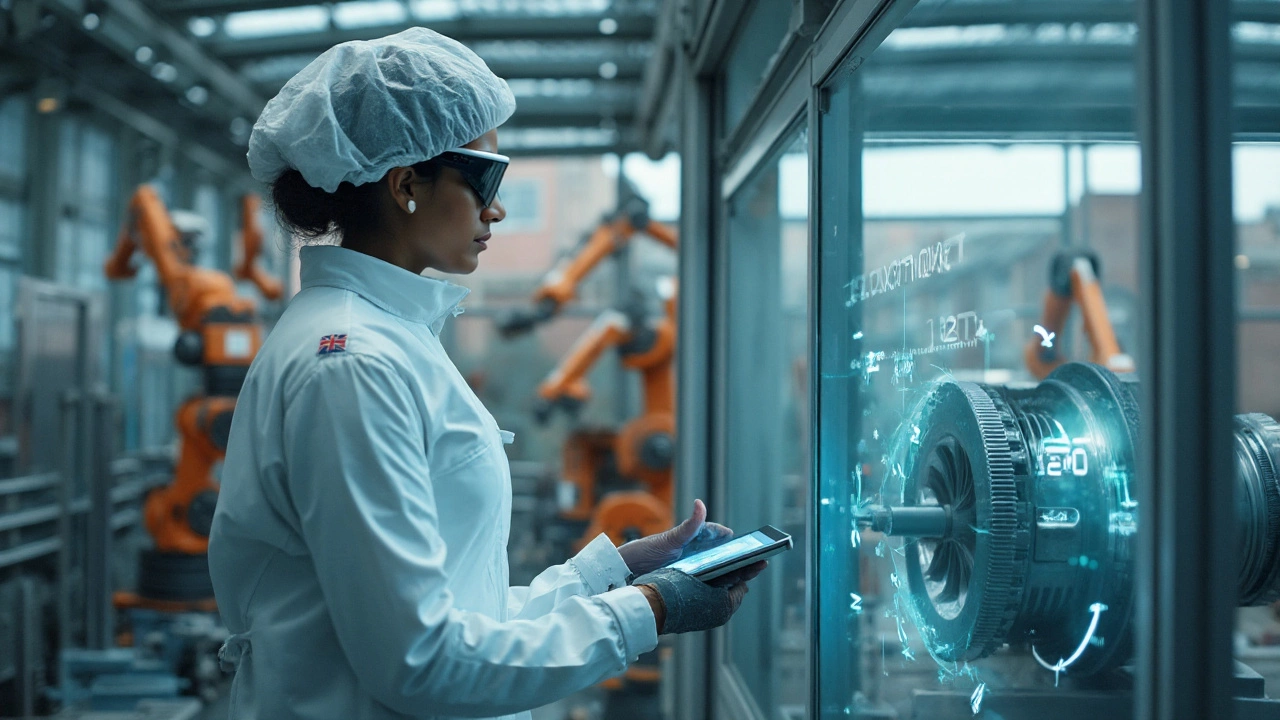Sustainability
When working with Sustainability, the balanced approach of meeting present needs without harming future resources. Also known as eco‑friendliness, it guides everything from factory floors to backyard gardens.
Key pillars such as Green Manufacturing, production methods that cut waste, energy and emissions and Resource Efficiency, using fewer inputs to get the same output turn the abstract idea of sustainability into everyday actions. When you pair those with Organic Gardening, growing food without synthetic chemicals, you create a loop where what you produce at home feeds the same standards you apply in industry.
How the pieces fit together
Sustainability encompasses green manufacturing – the practice of redesigning factories so they emit less CO₂, recycle heat, and use renewable power. That relationship is a classic subject‑predicate‑object triple: Sustainability → encompasses → Green Manufacturing. It also requires resource efficiency, meaning each kilogram of product should need fewer liters of water and less energy than before. In turn, resource efficiency influences the overall carbon footprint, creating a feedback loop that reinforces the sustainability goal.
Another triple links green manufacturing to environmental impact: Green Manufacturing → reduces → Environmental Impact. Companies that adopt closed‑loop water systems, for example, see lower river pollution and better community health. Those benefits spill over into agriculture, where organic gardening supports sustainable agriculture by keeping soil alive, reducing chemical runoff, and boosting biodiversity.
When you look at the bigger picture, sustainability drives a chain of cause‑and‑effect relationships: Sustainable Agriculture → needs → Resource Efficiency; Resource Efficiency → enables → Lower Emissions; Lower Emissions → improve → Environmental Impact. Each link adds a layer of practical insight that readers can apply, whether they are planting herbs on a balcony or upgrading a plant’s production line.
Practical takeaways? Start by measuring what you use: track water, electricity, and raw material consumption in any process. Then ask yourself if a greener alternative exists – a solar‑powered pump, a recycled‑plastic component, or a compost‑based fertilizer. Small tweaks often add up, and the data you collect becomes the roadmap for larger investments like a full‑scale green manufacturing upgrade.
The articles below dive deeper into each of these themes. You’ll find expert advice on watering container gardens, a look at high‑paying factory jobs, insights into the plastic market of 2025, and real‑world case studies on how manufacturing can lift local economies. Use this guide as a launchpad to explore the full range of sustainable practices featured on SMAI.
The Future of Plastic: When Will It Disappear?
The journey towards a plastic-free world is a complex mix of innovation, regulation, and cultural shifts. Plastic manufacturing companies are facing increased pressure to adapt to more sustainable practices. Despite the convenience of plastics, their environmental impact is pushing industries to explore alternative materials and improved recycling processes. Understanding the timeline for reducing plastic waste involves looking at advancements in biodegradable plastics and global policy changes. This article delves into when and how plastic manufacturing might shift to a more environmentally friendly model.
- manufacturing
- India
- food processing
- garden tips
- rice cultivation
- government schemes
- balcony garden
- urban gardening
- balcony gardening
- profitable business
- business ideas
- plastic manufacturing
- drip irrigation
- plant care
- steel manufacturing
- indoor plant care
- sustainable gardening
- plant nutrition
- startup ideas
- steel industry






